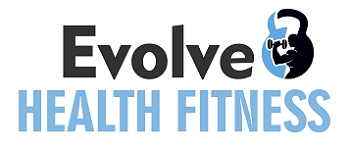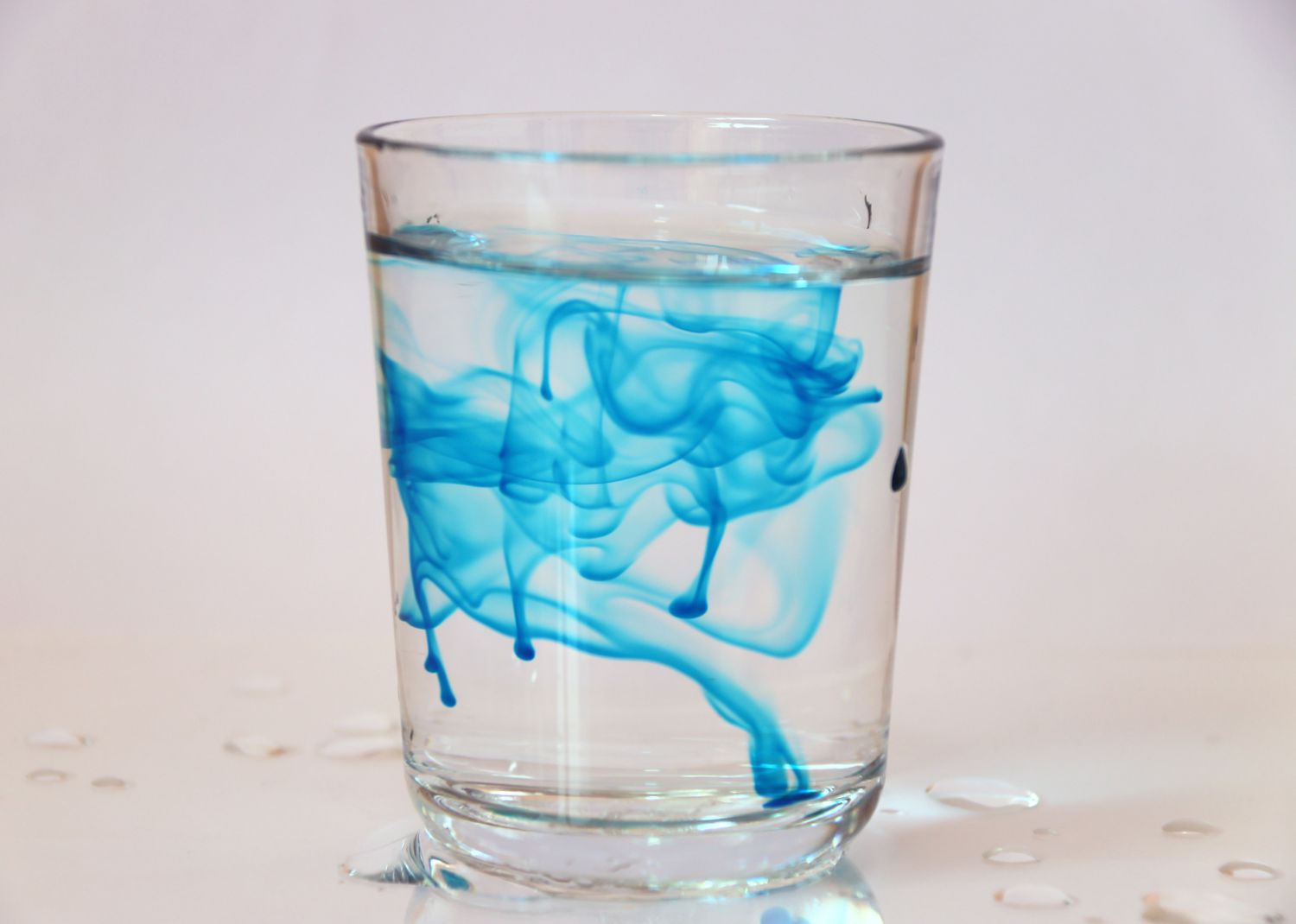What conditions can be managed with outpatient treatment?
Recovery at home is often a benefit to patients, as they can maintain their work routines, remain connected to their communities, and recover more quickly than the average patient. It is also generally cheaper to receive outpatient treatment than to receive inpatient treatment when it comes to receiving services. Outpatient treatment Orange County can treat depression, diabetes, addiction, heart disease, and chronic pain. Monthly appointments may be beneficial for patients in outpatient programs.
Mental disorders
Depression responds incredibly well to weekly therapy combined with antidepressants when needed. Most people start feeling better within two months if they stick with their treatment plan. Cognitive behavioural therapy teaches you to catch negative thoughts before they spiral into hopeless feelings. Behavioural activation gets you doing enjoyable activities again – exercise, hobbies, social events that naturally boost mood. Anxiety takes several forms, but outpatient treatment works great for all types. Panic attacks seem terrifying, but exposure therapy proves they’re not actually dangerous.
Social anxiety improves through group sessions where you practice conversations and public speaking before trying them at work or social gatherings. Generalized anxiety responds to worry postponement techniques – scheduling specific times to think about problems instead of ruminating all day. Most anxiety disorders improve significantly within three to six months of consistent treatment. PTSD treatment works exceptionally well through specialized trauma processing that doesn’t require residential stays. EMDR helps people reprocess traumatic memories while sleeping at home every night. Veterans, accident survivors, and assault victims often prefer outpatient treatment because they practice new coping skills in their actual communities where triggers happen.
Addiction problems
Substance abuse recovery achieves remarkable results through intensive outpatient programs designed around work schedules. People attend group therapy three to five times weekly while keeping jobs that provide financial stability during early sobriety. Individual counselling digs into the underlying trauma, mental health issues, and personal circumstances that drove their drug or alcohol use originally.
Medication-assisted treatment combines counselling with prescription drugs that reduce withdrawal symptoms and cravings for opioid or alcohol addiction. Patients visit clinics initially daily, then weekly, as they prove they’re stable. Random drug tests provide accountability, while case managers help with housing, legal problems, and job training that could make or break recovery efforts. Outpatient treatment Orange County programs show how community-based recovery beats isolated residential facilities for most people struggling with addiction.
Teen substance abuse responds particularly well to family therapy that involves parents and siblings in treatment planning. School counsellors provide support during academic hours while maintaining normal peer relationships that aren’t affected by addiction stigma.
Patients usually attend sessions twice a week and do exercises between sessions. Stroke rehabilitation uses a variety of therapy approaches to address specific problems caused by brain damage. Exercises restore language processing and coordination needed to speak clearly. People re-learn how to cook, dress, and drive after rehabilitation. Memory, attention, and problem-solving skills are restored through cognitive retraining in brain injury rehab. Adaptive techniques are taught in spinal cord injury rehabilitation programs. Support and encouragement from family members make a big difference in therapy sessions. Health conditions can be cost-effectively treated via outpatient care while preserving family and community ties. People often recover faster, maintaining familiar routines rather than isolation in institutional settings, disrupting established support systems.




